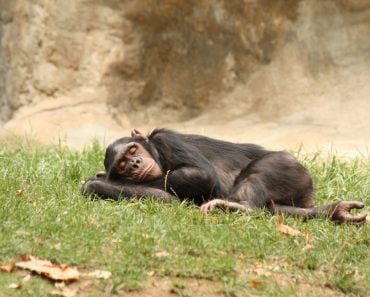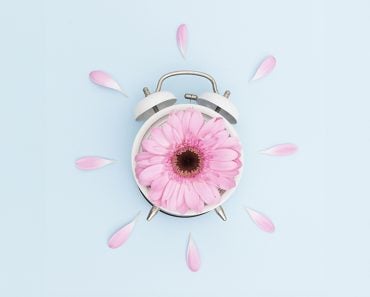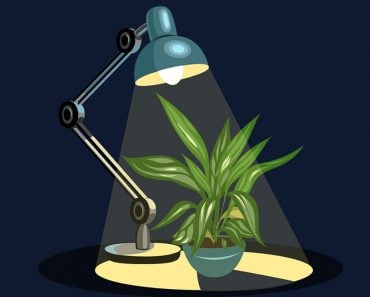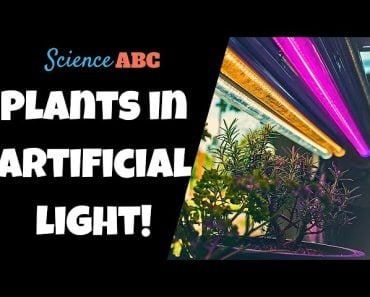Table of Contents (click to expand)
People cherish sleep the most because it is what keeps us alive. People sleep at night, while dogs and cats doze whenever they can. Plants also work on a cycle of the Sun. Sunlight is a key triggering element for humans that lets us know what time to sleep and when to be awake. The same is true of plants.
What is the one activity that humans cherish the most? People might list a number of activities, such as eating delicious food, hitting the gym, playing your favorite musical instrument, or even watching your favorite show.
However, there is only one correct answer to the question – sleep! Remember, sleep is what keeps us alive (literally).

People sleep (usually) at night, while dogs and cats doze pretty much whenever they can. However, how about other living things, like plants? Whether or not your petunias get their daily snooze at the end of the day depends on how you actually define sleep.
First of all, plants don’t have a central nervous system, which is an essential regulator of sleep in humans.
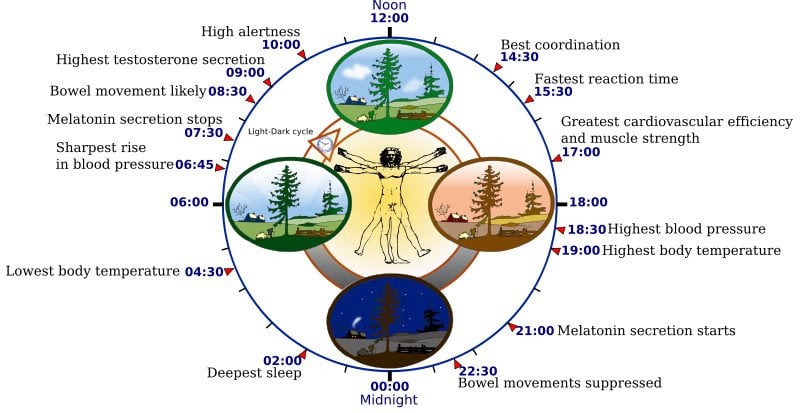
Just like humans, who work during the day and get their shut-eye at night, plants also work on the cycle of the Sun, and are known to have genes that switch on and off in what is known as a circadian rhythm. A circadian rhythm is basically a cycle that tells our bodies when to sleep, rise and eat, thus regulating many physiological processes. It turns out that trees might actually spend some of their evening hours “sleeping” too.
Now, this isn’t the kind of sleep that we’re used to. For example, trees often relax and let their branches droop when the sun goes down. Apart from that, they also shut down certain processes, such as photosynthesis. When the sun goes down, the plant’s focus shifts to delivering glucose throughout the plant.

Sunlight is a key triggering element for humans that lets us know what time to sleep and when to be awake. The same is true of plants. While light and dark may tell your body when to produce the hormone melatonin, which cues your body to feel sleepy, light and dark triggers tell plants when to produce the hormone auxin, which controls their growth and development.
Recommended Video for you:
Research
In pursuit of an answer for this interesting question, a collaboration of researchers from Austria, Finland and Hungary used laser scanners on fully grown trees to measure their ‘sleep movement’.
The team measured the plants’ activity using laser scanners, focusing them on two birch trees, one in Austria and one in Finland. The laser helped to build a complete 3D image of the trees. This enabled the researchers to track changes in the position of the trees’ leaves and branches down to the centimeter, while also allowing them to work at night without lights, ensuring that their presence didn’t accidentally disturb the plants’ day/night cycle. Both tests were done near the solar equinox (equal duration of day and night), under calm conditions, with no wind or condensation.
They found that the trees measured in both countries measurably drooped over the course of the night. These observations allowed them to rule out the effect of weather and location.
However, the researchers aren’t convinced whether the drooping of leaves is an active process or a passive one. The drooping of leaves could be caused by a drop in the internal water pressure. During the day, when the plant is undergoing photosynthesis, a force called ‘turgor pressure’ builds up in the leaves. In the absence of sunlight, this pressure drops, since the plant isn’t photosynthesizing.
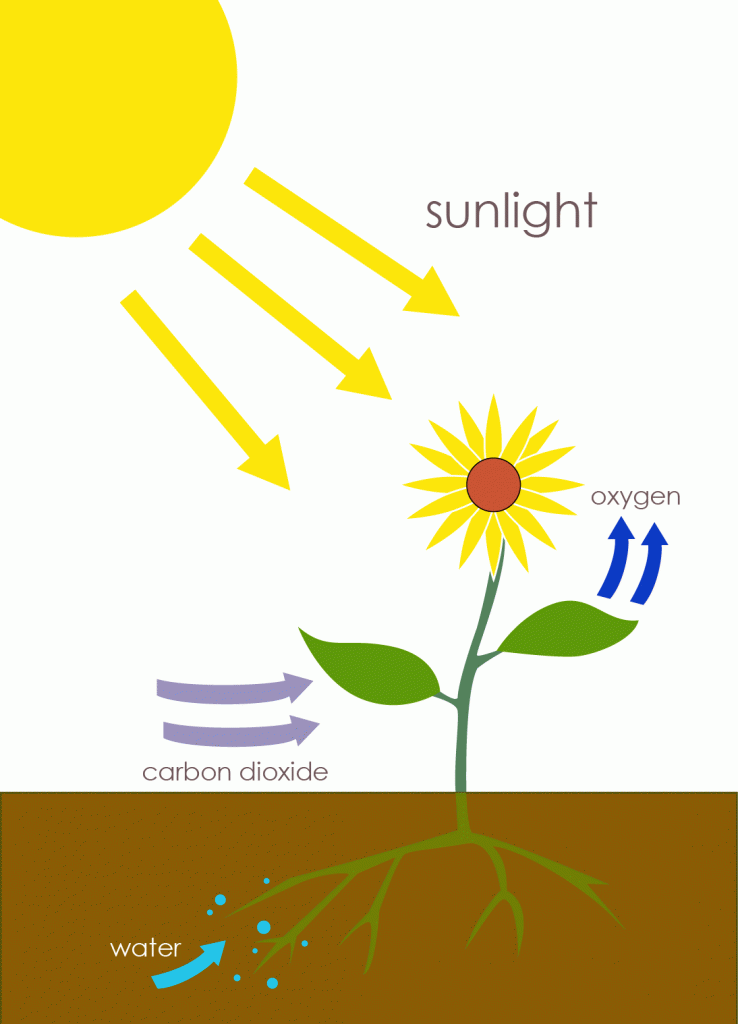
[adinserter block=”2″]
What we can conclude is that trees do move at night in a way that, to us humans, looks a lot like sleeping. While this isn’t exactly what’s going on, it’s definitely an indication of a night cycle for plants that has never been recorded until now.
Plants may not be able walk around town and hunt for food (or visit a convenience store, for that matter), but they do make small movements in order to maximize their exposure to energy-giving sunlight. During the day, they absorb sunlight in order to make energy through photosynthesis, which is technically a plant’s version of eating. Then, at night, they focus their attention on metabolizing the energy that they’ve taken in and then use it to grow.
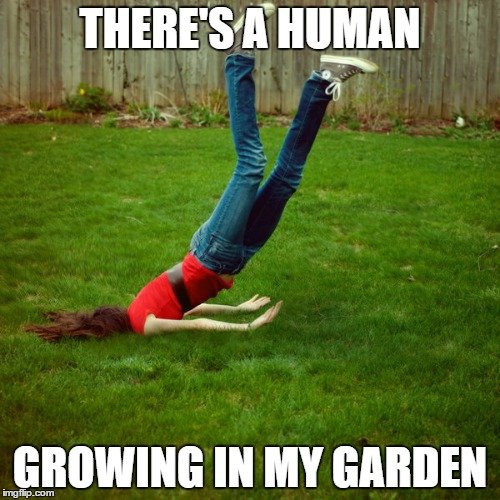
Perhaps saying ‘good night’ to your garden before heading to bed isn’t that crazy after all!



